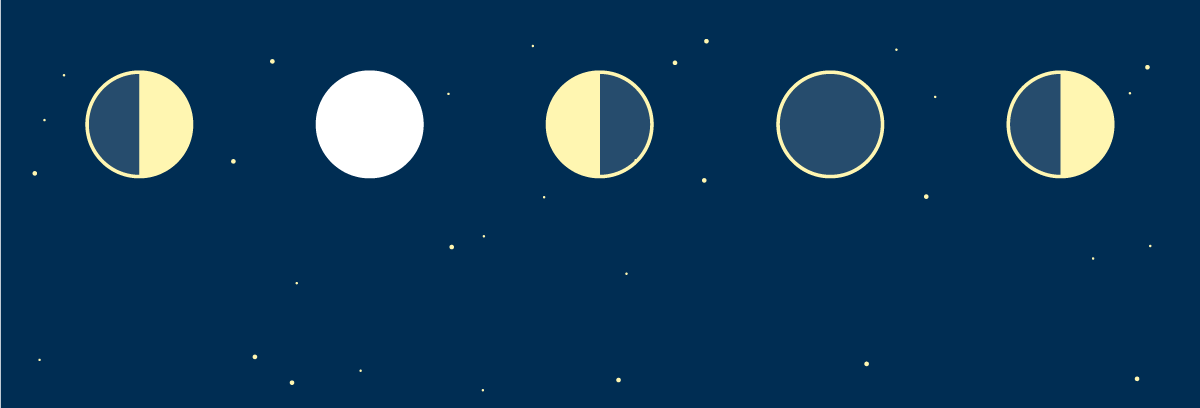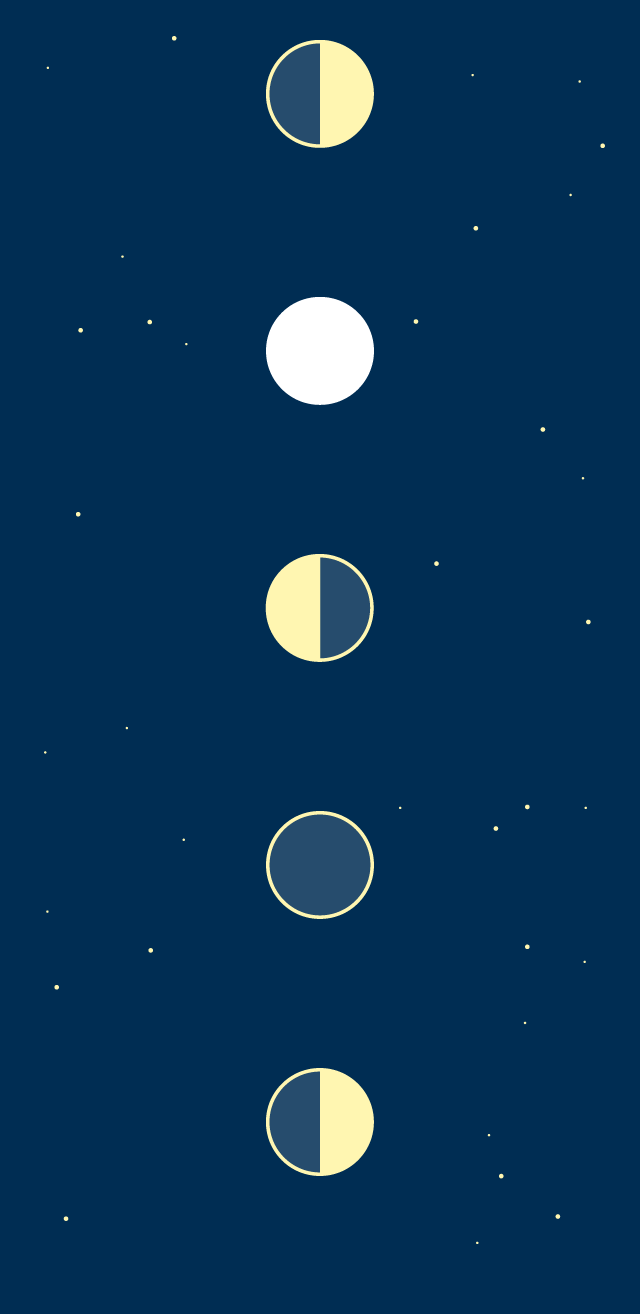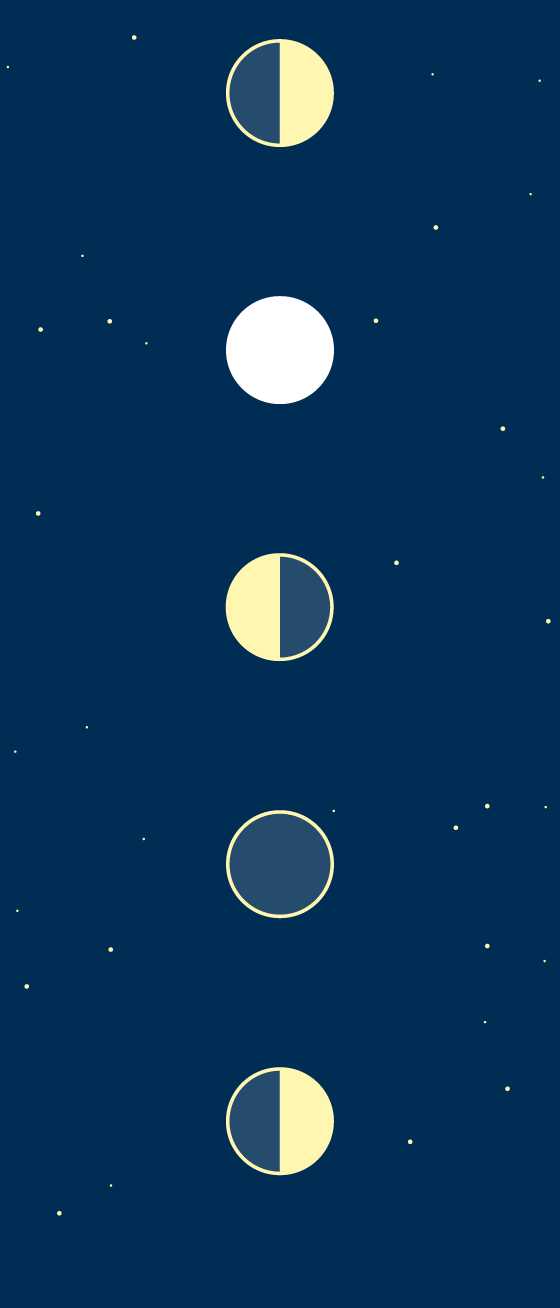The month of the tears of San Lorenzo arrives, the great meteor shower of the year.
The meteor shower will peak on the 12th around 10 p.m.


GenevaAmong all the meteor showers that occur throughout the year, the Perseids, more commonly known as Tears of Saint Lawrence, are the most popular. On the one hand, because they occur at a time of year when it's best to be outdoors at night to observe them. On the other hand, because it's the most frequent meteor shower, which can reach up to 200 objects per hour with speeds exceeding 50 kilometers per second.
This year, the maximum will be reached on August 12th around 10 p.m. Catalan time, although the nights of the 11th and 13th will also be quite favorable for observing. This year, the Moon will have just passed its brightest phase, which could partially obscure the faintest meteors.
The radiant point from which these objects appear to originate is located between the constellations of Perseus and Cassiopeia. The origin of this shower lies in the debris that comet 109P/Swift-Tuttle leaves behind in its orbit around the Sun every 133 years. These particles, which can be similar in size to a grain of sand, enter Earth's atmosphere, where friction at extremely high speeds causes them to evaporate, leaving the characteristic trail in the sky.
Those with cameras that allow shutter speed control (many modern cell phones do) can set it to take a long-exposure image with the device mounted on a fixed support, such as a tripod, pointed toward the radiant. This way, spectacular images of several meteors at once can be obtained.
A few tears of suffering
Like many other astronomical events and objects, the Perseids are closely linked to cultural, mythological, and religious tradition. In the third century AD, the Roman Empire ruled virtually all of Europe under the relentless, anti-Christian hand of Emperor Valerian. Pope Sixtus II, feeling persecuted, entrusted Lorenzo, one of his closest associates and a deacon of the city of Rome, with the task of distributing all the Church's goods among the poor.
In 258, Valerian killed the pontiff and imprisoned Llorenç by torturing him to reveal the location of the treasures. Three days later, Lorenzo approached the emperor accompanied by a large number of homeless people and claimed that this was the treasure of the Church. Valerian decided to execute him on August 10 of that year in the most cruel way: legend tells us that Llorenç was tied to a grill with glowing embers. His only words were I assume this, incuito, versa te manduca (This part is done, turn me over and eat) while shedding a few tears and in the sky you could see a multitude of stars crossing the firmament.
A summer planetary walk
A large number of planets will once again be visible in the night sky, although you'll have to get up early to see them. Mercury will reach its greatest elongation relative to the Sun, so the best time to observe it will be just before sunrise in the morning during the second half of the month. Venus will also be visible from early morning until shortly after daybreak. Jupiter will be very close behind it on August 12th. Saturn will be visible during the second part of the night, high above the horizon. Uranus and Neptune can also be observed in the early morning under very low light pollution conditions and with the aid of a telescope or binoculars.



